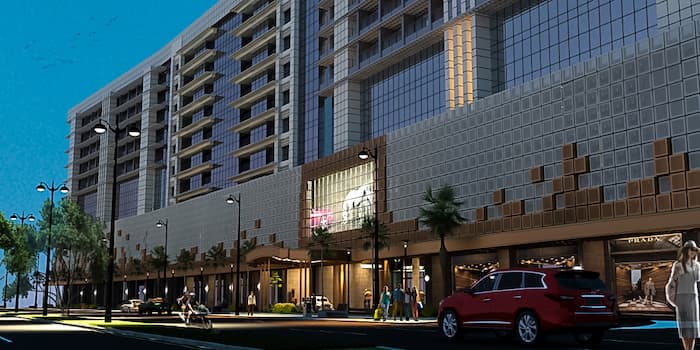One of the most important factors affecting the value of buildings is the coating techniques and facade designs used in their exteriors. The most important factor that makes a building look modern and new is the appearance of the building.

Thanks to the developing technology and production techniques, the variety of facade systems has increased in recent years. This situation is an advantage in terms of architectural facade. It is very important to choose the right material and the best workmanship to ensure that the architect facade is a long-lasting and correct choice.
The facade architecture designs the building's exterior to the finest detail and deals with the choice of materials and methods to achieve this design.
Many different materials from wood to glass can be used in facade systems. However, the most widely used facade systems in modern architecture are undoubtedly metal facade systems.
Building facade coatings should not deteriorate under the harmful effects of the sun. This system should be resistant to the chemical effects of the atmosphere.
Architectural facade should be resistant to the climatic conditions of the region where the building is located and it should not let rainfall water in. For example, it must be resistant to strong wind forces.
Materials used in facade systems should prevent expansion and contraction caused by temperature difference.
The architectural facade must be compatible with the other architectural preferences of the building.
If different materials are to be used in the facade cladding, the combination details should be arranged in an ideal way.
Buildings with architectural facades do not need constant maintenance for their exterior walls. Before starting the architectural facade process, the coating method, design and material to be applied to the building are drawn in a digital environment. When it is required, these drawings are presented to the approval of the customer in three dimensions by means of computer programs. Thus, customers express their opinions before the coating process begins and necessary changes and adjustments are made before the process.
Another advantage of facade systems is that they make the buildings look new and modern even after years. The outer walls of the buildings wear out over time, mainly due to adverse weather conditions. Over the years, this wear and tear that occurs outside the building also affects the interior of the building as water and air leakage. Such problems are both difficult and very expensive to fix.
Facade systems are made with many different materials. However, metal facade systems have more advantages in terms of both durability and appearance. Aluminum and stainless steel materials are generally used in metal facade systems.
Steel is a very useful material for exterior systems. Expanded stainless steel plates are mounted on frames made of aluminum or stainless steel. Stainless steels can be produced in different designs. Our design engineers draw the most suitable designs for the exterior of the building for our customers. These drawings are presented in three-dimensional computer environment.
Metal facade systems are lighter and cheaper than other facade systems. Thus, they do not cause much weight on the building. In addition, it does not increase the construction cost of the building very much.
Metal facade systems are resistant to all kinds of environmental factors. Thanks to these features, they do not need constant maintenance. While the exterior walls of a building with a plaster facade need to be painted every 2-3 years, you do not need to go to such trouble for the exterior of a building with a metal facade.
If you would like to learn more about our architectural facade models and references, our customer service is eager to answer any questions you may have.